Source: onegreenplanet.org
Having a tight grocery budget is something most all of us can relate to at least at some point or another. We all have our ups and downs when it comes to a food budget, and if you’re ever had to watch every penny, you know it can be tough. Sadly, a whole foods, plant-based diet is still seen as an incredibly hard task to manage. “Healthy eating is too expensive!”
How many times have we all heard (or said) that?
Well, the options are now easier than ever and more affordable when it comes to eating a healthy, whole food and completely plant-based diet if you want to give this a shot. If you have $50 per week to designate for groceries, you can easily eat healthy, cheap, and stay full and satisfied at the same time. The USDA reports that of March in 2015, the average food cost for females per week ranged between $47 (low-income) to $57 (moderate income). Mens’ budgets were roughly $20 higher in each group. Many of us buy way more than that each week, and yet find ourselves with food leftover and possibly throwing food out week after week. We’re all human and let cravings, moods, and multiple trips at the store influence our ability to stay on a food budget and eat what we have.
So, let’s take a look at how eating healthy, plant-based, and budget-friendly can be done.
Spend $20 on Fresh Produce
Always keep $20 of your food budget for fresh produce. This will do several things all at once: First, it keeps you accountable for choosing the best foods possible first, it ensures that you have a good amount of fresh food in your diet each week, and it prevents you from spending all your $50 on boatloads of fruit and vegetables you likely won’t be able to eat in a week. If you can choose organic, please do. It’s much healthier for you due to less pesticide exposure, and is very easy to do these days with more stores offering affordable organic foods.
Here’s a great idea to start with:
1. One bag of chopped organic kale (or spinach)- $5
2. One head of broccoli (and/or cauliflower!)- $3
3. One bag of organic apples (or bananas, etc.) -$5
4. One bunch of organic celery -$3
5. Two Avocados or Sweet Potatoes, Onions, etc.- $4
If you want to designate $5 more dollars to your budget here, choose lettuces like romaine, or a spinach mix instead. Don’t want apples one week? Choose some oranges and bananas instead. And if you’re one of the few people that doesn’t like avocados, buy a different veggie or more fruit instead. If you need to carry a calculator with you, do it! Or, just use your phone and tally up as you go.
Spend $10-$15 in the Bulk Section
Now it’s time to head to the bulk bins. Here you’ll want to buy some grains, beans, nuts, and seeds, except … don’t go crazy with amounts. You don’t need a pound of almonds to eat all week long and don’t need a pound of beans either. Or, skip the bulk beans if you don’t like soaking them, and spend a few dollars on some canned options instead. Purchase nuts and seeds in 1 ounce amounts and only choose a few different ones each week. Remember, you can always try a new kind next week.
Here are some good examples of what you could buy:
1. $3 worth of whole grain oats
2. $3 worth of raw almonds
3. $2 of beans
4. $2 of whole grain quinoa or rice
But…Don’t Neglect Some of the Options on the Aisle
If you prefer, you can also purchase oats and rice in larger bags found in the aisles (or in containers) that are roughly around the same price. Choose this option if you’re fine with eating the same grain all week and save a new grain for next week. Canned beans are also pretty affordable, which makes them a great option if you don’t have time on your hands and don’t want to go through several steps to cook them.
Check out These Ideas:
1. Two cans of chickpeas – $4
2. One bag of lentils- $3
3. One container of oats- $3
4. One bag of organic flax seed- $3
Spend $5-7 on Non-dairy Items
Pick up a couple of non-dairy milks; you’ll likely need only one, but if you have a child, roommate, sibling, or you just love the stuff, you might need an extra container. Or, buy a container of non-dairy yogurt if you enjoy it. No need to spend too much of your money here, but non-dairy milk is one of those “must-have items” for many of us, even if we eat whole foods otherwise.
Spend the Rest on Frozen Veggies and Fruits
Don’t neglect frozen foods when you’re trying to eat healthy and on a budget; they’re actually very healthy for you! Plain frozen greens, berries, and veggies like broccoli are must-haves for budget-savvy individuals watching the pennies. A pound of organic frozen spinach costs around $3 per bag, which would easily last you several servings. A pound of frozen fruit is usually around the same amount and you won’t have to worry about it spoiling before you eat it all. You can use frozen veggies in meals when the fresh veggies run out, and you can use the greens in fruits in your morning smoothies!
Here are some ideas:
1. One bag of frozen spinach – $2-$3
2. One bag of frozen berries- $3-4
3. One bag of frozen broccoli or mixed veggies – $4
What About Protein?
If you’re concerned about protein, you have some options. First, don’t neglect the beans, legumes, and oats which are all great sources, along with other foods high in protein too. Or, if you’d prefer, choose some tofu, tempeh, or even hemp seeds instead of bulk beans, legumes, and nuts. Eat plenty of produce, and some sort of bean, legume, grain, nut/seed daily. A bag of hemp seeds (a complete protein source) is around $8, some smaller bags are less, or if you can swing it, hemp protein is also around $12-$14 per pound, and will easily last you a month per container for smoothies.
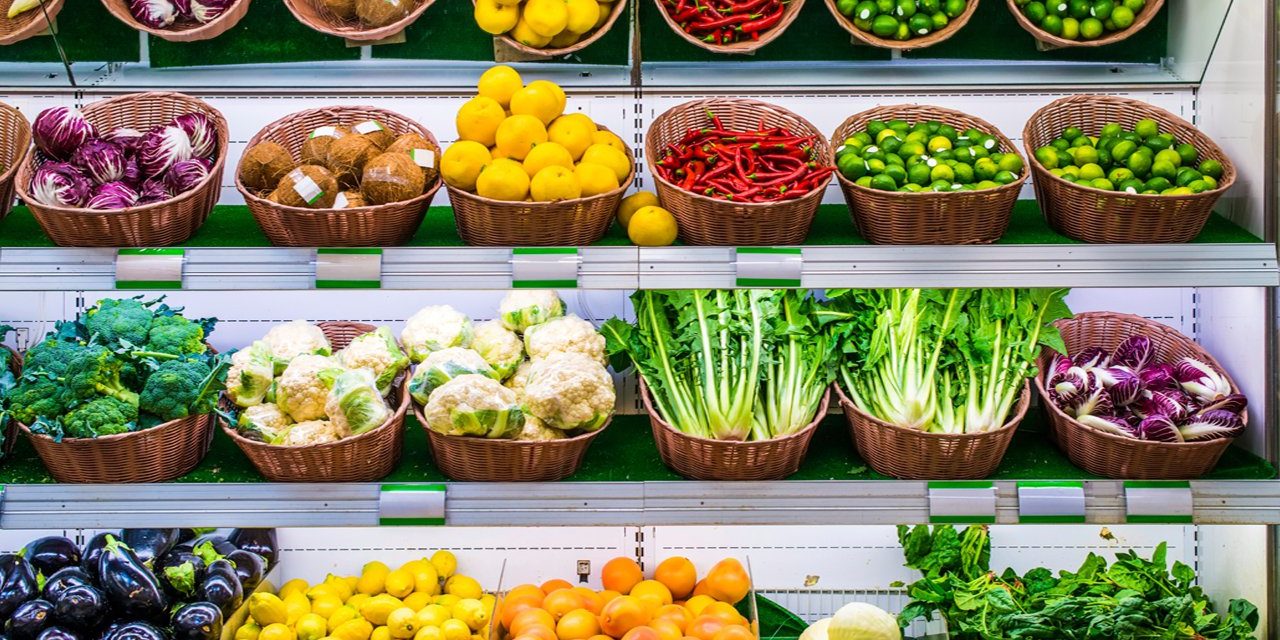
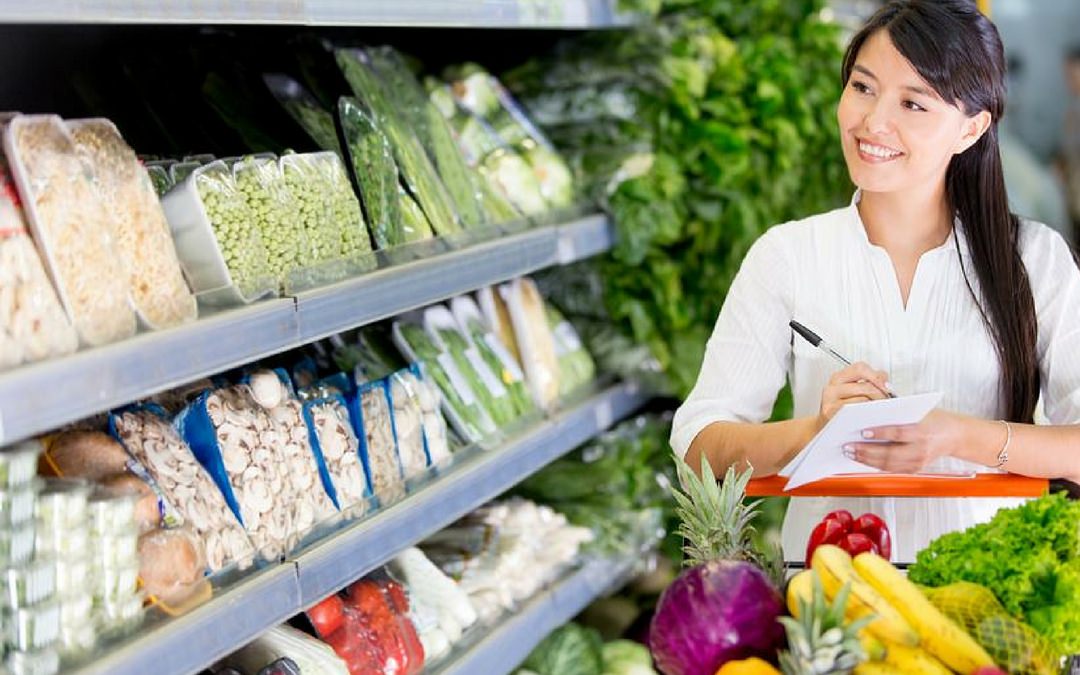
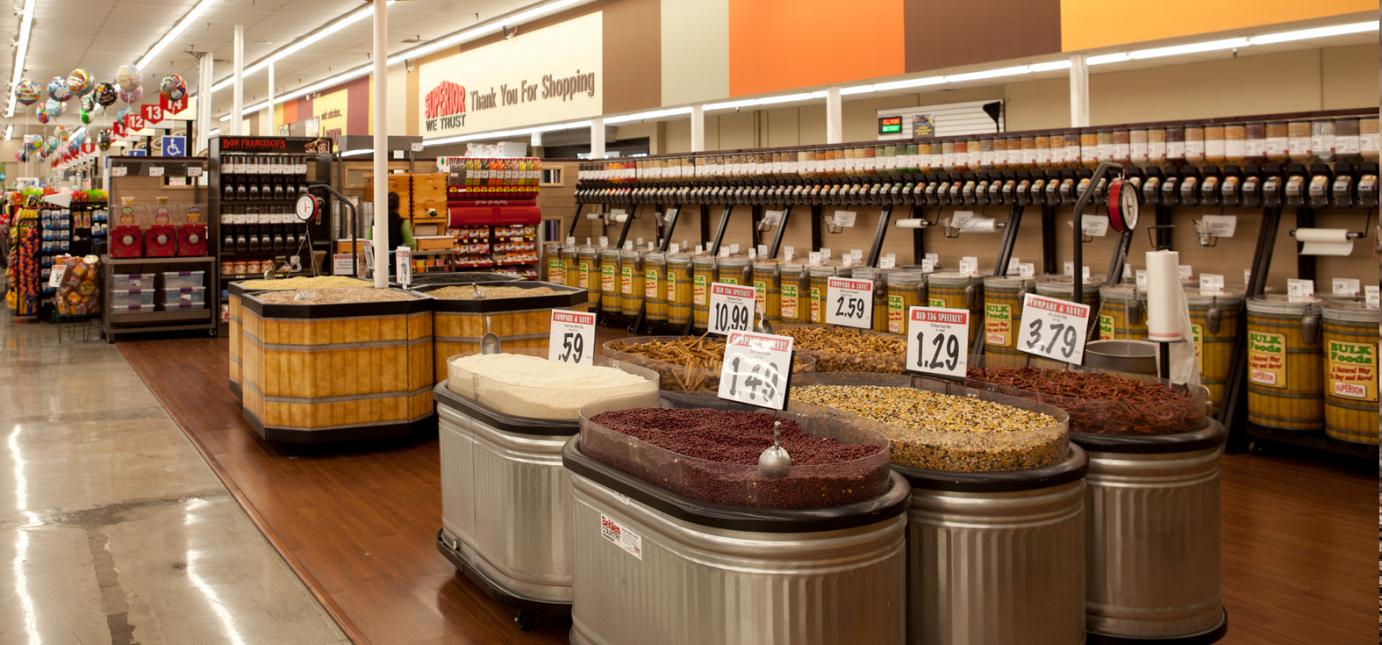

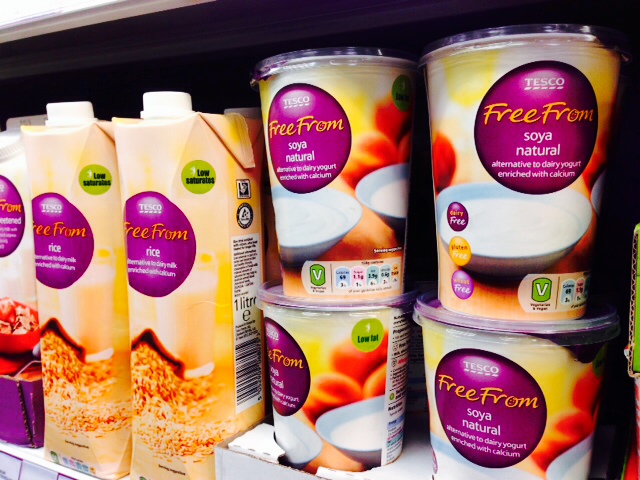
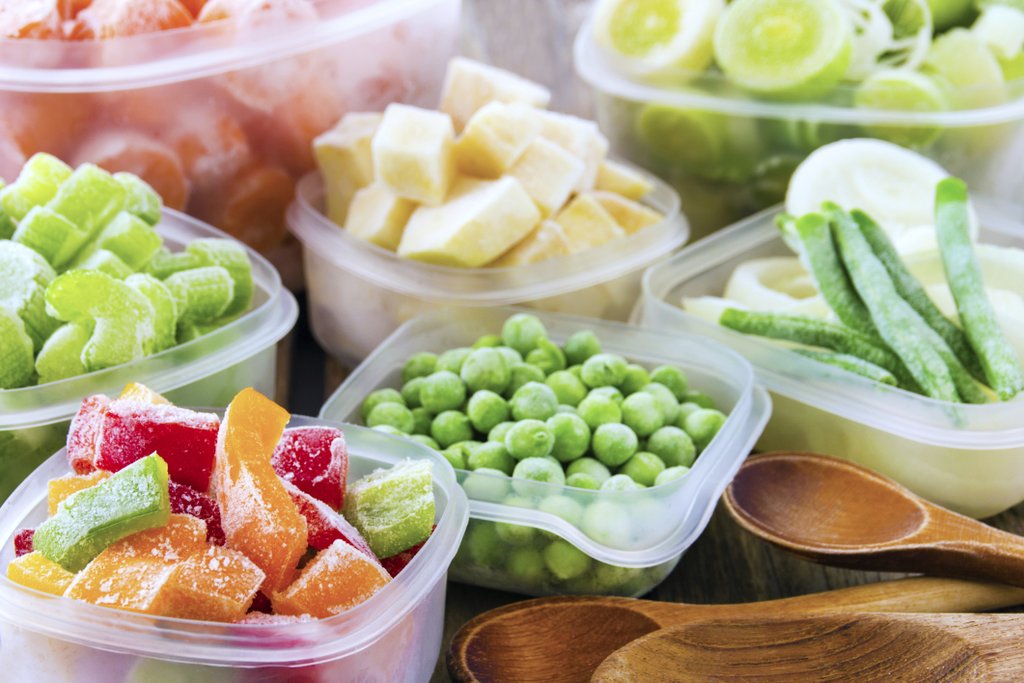

Leave a Reply